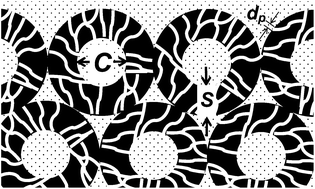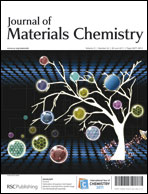Electrochemical capacitance and ionic transport in the mesoporous shell of a hierarchical porous core–shell carbon structure†
Abstract
A three-dimensional (3D) hierarchical porous carbon structure was prepared with possible variations in porosity at three levels of length scales. The carbon structure was template-synthesized from a core–shell silica sphere


 Please wait while we load your content...
Please wait while we load your content...